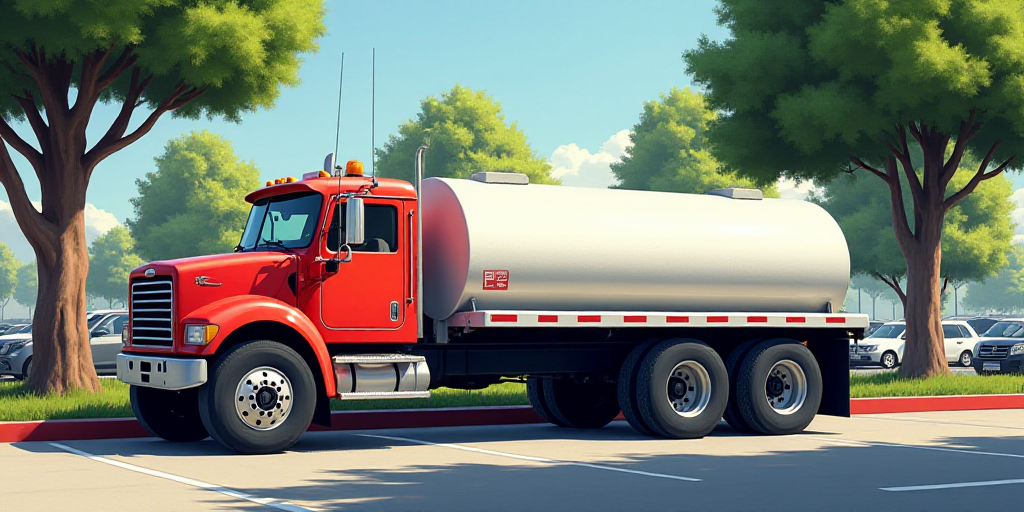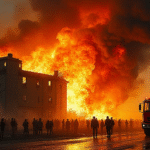Introduction to the New Regulations
On September 30, Clara Brugada Molina, the Head of Government of Mexico City, announced a comprehensive set of measures to strengthen regulations for the transportation of hazardous materials and substances within the capital. This move comes after a tragic accident on the Mexico-Puebla Highway, which has resulted in 31 fatalities so far.
Background on the Accident
The accident involved a tanker truck carrying hazardous materials, leading to an explosion at the Concordia Bridge in Iztapalapa. The incident prompted Brugada Molina to introduce these new regulations to ensure safer transportation, prevent future accidents, and reinforce normative compliance.
Key Measures in the New Regulations
- Reduced Speed Limits: The maximum speed for vehicles transporting hazardous substances will be reduced to 30 km/h.
- Restricted Access: Vehicles carrying more than 10,000 liters of hydrocarbons will be prohibited from traveling on secondary roads. Similarly, vehicles with over 20,000 liters will face nocturnal circulation restrictions (from 10 PM to 5 AM) and complete bans for those carrying more than 40,000 liters of toxic materials.
- Enhanced Penalties: Fines for non-compliance with regulations related to hazardous material transportation will be doubled.
- Mobile Radar Usage: Mobile radars will be deployed at the five main highway access points (Mexico-Pachuca, Mexico-Querétaro, Mexico-Toluca, Mexico-Cuernavaca, and Mexico-Puebla).
- Specialized Training Requirements: New licensing requirements for Type E-12 licenses will include proof of specialized course completion.
Collaboration with Federal Government
Brugada Molina mentioned that the federal government is expected to present its own set of measures, and Mexico City will align with these federal regulations. She encouraged citizens to actively participate in building a culture of prevention and comprehensive risk management.
Investigation Findings
Conduct of Transportation Investigation:
Bertha Alcalde Luján, the City’s Attorney General, reported that the investigation into the gas tanker explosion at the Concordia Bridge in Iztapalapa revealed that the incident was not caused by mechanical failures or road damage.
- Mechanical Integrity: After a thorough examination, it was confirmed that the truck’s tires, axles, and other components were functioning correctly.
- Road Condition: There were no identified baches or damages on the asphalt surface.
Alcalde Luján also mentioned that two unidentified victims have been identified through fingerprint analysis. The family of one victim has been notified, while efforts to locate the family of the other deceased individual are ongoing.
Key Questions and Answers
- What prompted these new regulations? The accident on the Mexico-Puebla Highway, which resulted in 31 fatalities, necessitated stricter regulations for hazardous material transportation in Mexico City.
- What are the new speed limit restrictions? Vehicles transporting hazardous substances will now be limited to a maximum speed of 30 km/h.
- What are the restrictions on secondary roads? Tanker trucks carrying more than 10,000 liters of hydrocarbons are prohibited from traveling on secondary roads.
- How will compliance with regulations be enforced? Fines for non-compliance will be doubled, and mobile radars will be deployed at major highway access points.
- What is the role of specialized training in these regulations? New licensing requirements for Type E-12 licenses will necessitate proof of specialized course completion.
- What were the findings of the investigation into the gas tanker explosion? The incident was not caused by mechanical failures or road damage, and two unidentified victims have been identified through fingerprint analysis.






